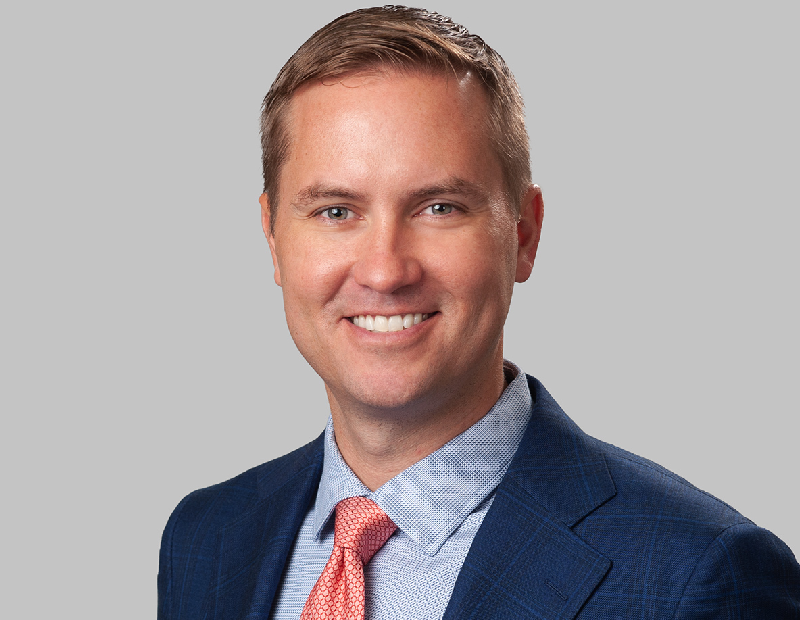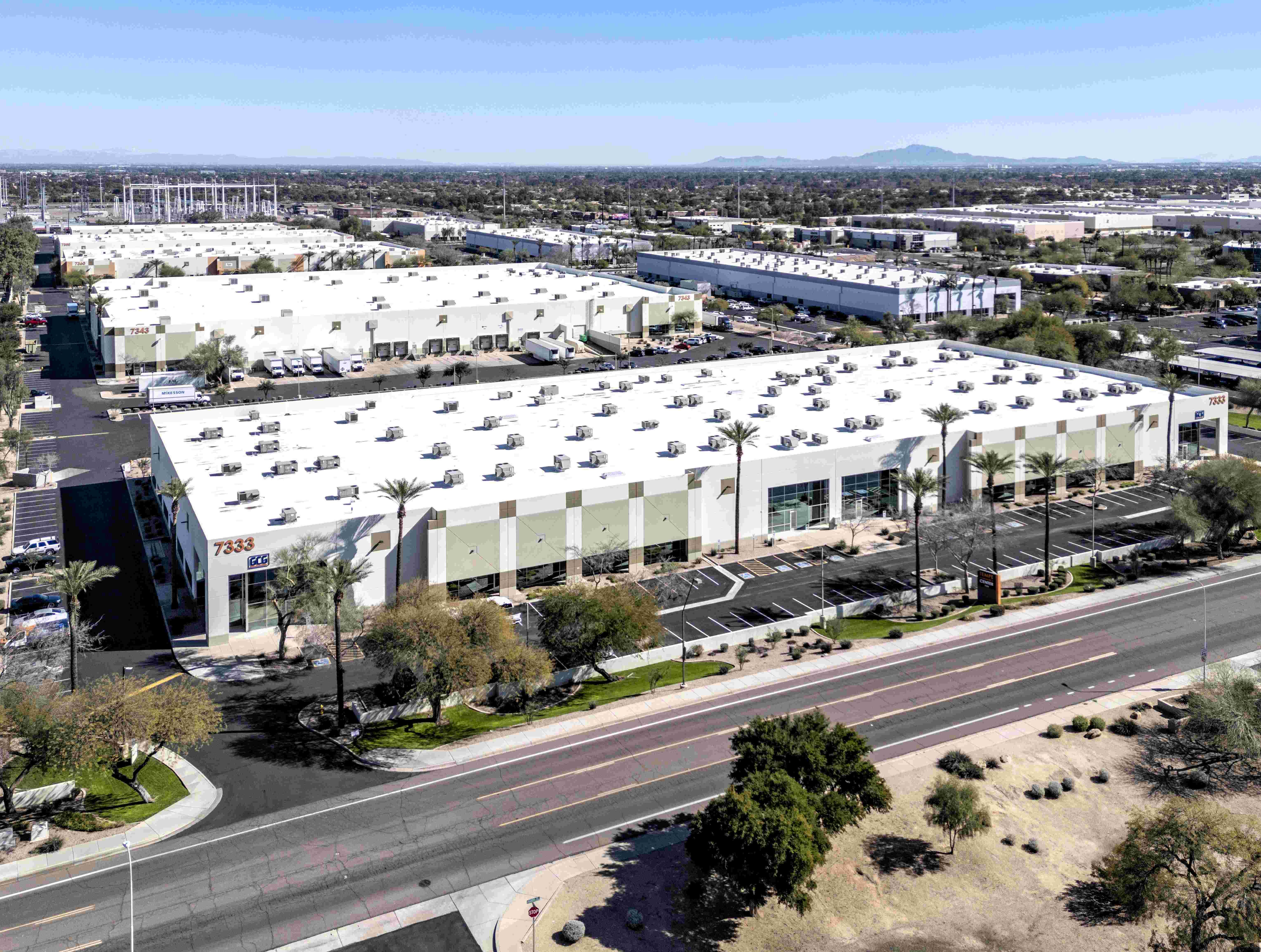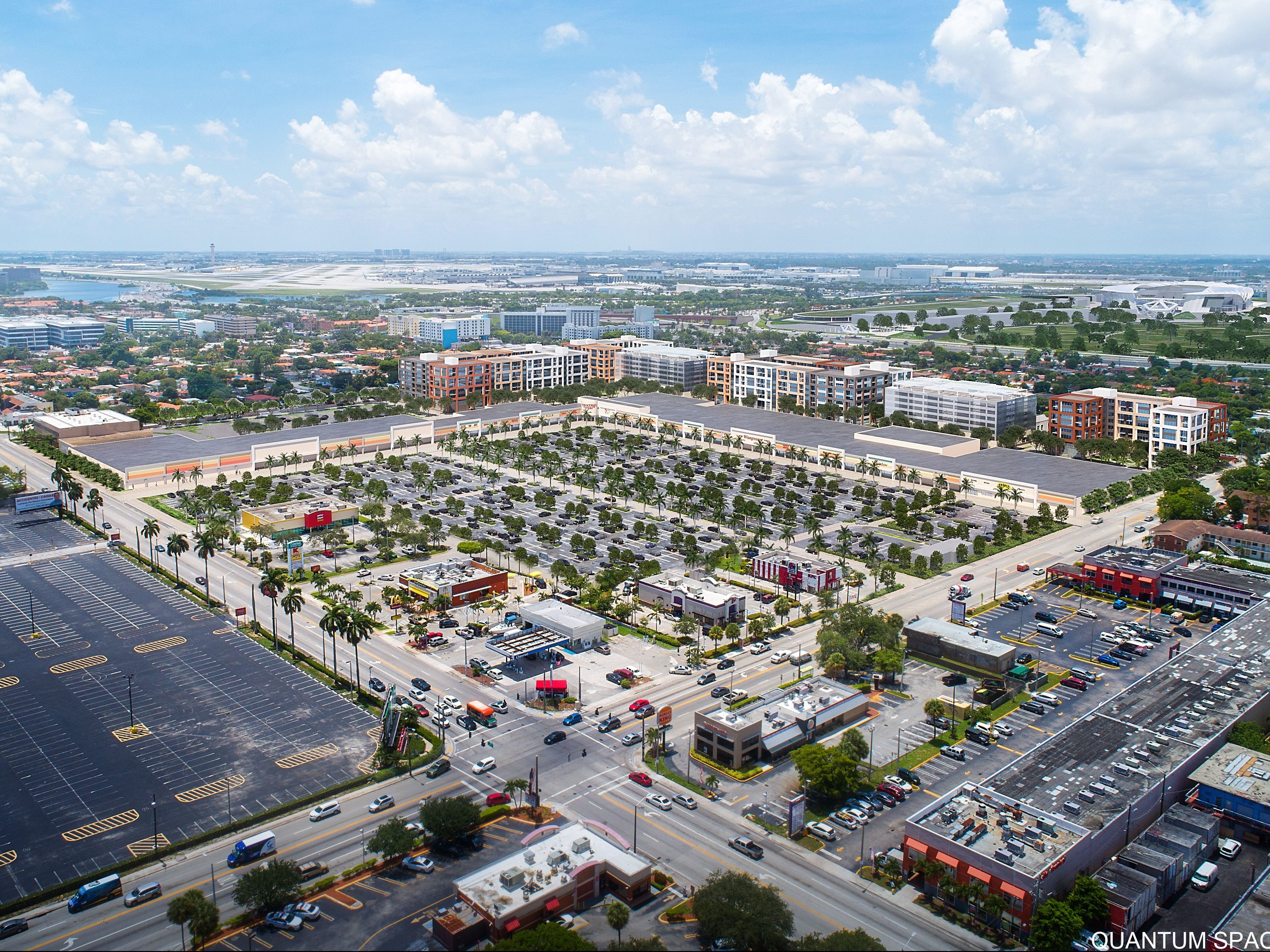What You Should Know About Office Investment in Orlando
Berkadia Managing Director Michael Weinberg shares the reasons that make Orlando appealing for office investment and the outcomes of a competitive coworking sector.
While hospitality and health care are Orlando’s economic powerhouses, other sectors, including STEM, are starting to gain traction.
“Employment rose 3.8 percent between July of 2018 and 2019, making Orlando number one in the country for job growth. What many people don’t realize is that a lot of these jobs are in the STEM, tech, medical and health-care sectors—it’s not just hospitality jobs,” Berkadia Managing Director Michael Weinberg told Commercial Property Executive.
A recent addition to the company’s Orlando office, Weinberg completed more than $3 billion worth of transactions over the course of his career. Previously, he served as senior managing director for HFF for roughly nine years. In the interview below, he shares his insights into Orlando’s office market, touching on the metro’s best submarkets for investment, challenges and risks investors may face, as well as the expansion of the coworking footprint across the area.
Describe Orlando’s current office landscape. What opportunities does this market offer?
Weinberg: Bolstered by nation-leading job and population growth, Orlando has experienced strong demand for office space over the past few years. We’ve had one of the lowest office vacancy rates in our market’s history and more capital is pouring into the area, including institutional and cross-border money, which previously would not have considered Orlando. There’s tremendous opportunity for investors to plant a flag in the ground now before it’s too late to capitalize on the growth.
Tell us more about Orlando’s best submarkets for office investment. What attracts investors to them?
Weinberg: Orlando still represents a value relative to other primary office markets due to higher cap rates and lower price per square foot. Lake Mary has been active on the development and investment fronts and is popular with tenants because it offers newer vintage product and strong parking ratios. According to NCREIF, the Orlando MSA has seen a 10 percent compound annual growth rate in total returns for five-year hold periods on office investment. This puts us in the top 10 market in the country for returns over that period, ahead of some darling cities like Nashville, Seattle, Boston and Miami.
Some of the larger trades in the entire Orlando market over the past five years have been in Lake Mary—these include portfolio investments made by Starwood, Parmenter and others. South Orlando, which surges when homebuilding and hospitality are vibrant, is also very active right now. Westwood Corporate Center sold for nearly $58 million and Millenia Park One sold to a 1031 buyer for around $38.3 million. This submarket is also seeing some development activity from catering to the increased demand from tourism and population growth.
The University of Central Florida area, which benefits from the rapid growth at the university but also increased governmental and defense spending, has held steady over the years. This submarket boasts three of the largest sales transactions in the past 12-18 months with the University Park deal ($67.4 million), Siemens deal ($53.8 million) and the 2300 Discovery Drive building ($49.5 million), according to Real Capital Analytics.
What are the challenges and risks investors face in the metro today? How can they overcome them?
Weinberg; It’s difficult to ignore the macro trends of a slowing economy and when the national economy slows, historically Orlando has suffered more than other markets due to its reliance on tourism. However, this time around, Orlando has a much more diversified economy so I don’t think it will feel the brunt of any economic downturn.
There are some significant health and life science clusters around Lake Nona, several large hospital systems, a lot of academic/tech/STEM-related activities at Creative Village in downtown Orlando and by the main campus of University of Central Florida. All told, there is about $10 billion worth of major infrastructure projects that are already fully funded, or under construction, and have a five- to 10-year timeline to design and construct.
What factors will influence the business in the next 12 months?
Weinberg: Obviously, continued job and population growth is key. Orlando is projected to outpace the national average in job growth over the next five years—some sources project it will be double or triple the national job growth rate. Looking ahead, the lack of big blocks of office space poses a challenge for our region in attracting new companies or growing existing ones. These factors, plus continued rent growth, may put developers in a better position to break ground on new office projects—but that will depend on whether we see some moderation in land prices and construction costs to make it financially feasible.
Orlando’s coworking footprint is expanding. How do you see demand for this type of workspaces going into 2020?
Weinberg: I see this type of space remaining relevant, but there will certainly be winners and losers—it depends on who can operate profitably to remain in occupancy. Most of the coworking growth has been in downtown, highlighted by the recently inked 70,000-square-foot WeWork deal at SunTrust Center. There are many others in downtown Orlando that have popped up like Industrious Office, Pipeline, Venture X and Canvs that have leased space and even Novel Coworking, which bought the historic Angebilt Building.
READ ALSO: What Makes Orlando Attractive to Coworking Providers
One of the city’s first coworking operators, Catalyst, announced its closure this summer, citing increased competition with the amount of coworking space in downtown going from less than 40,000 square feet a few years ago to an anticipated 240,000 square feet by next year.
What are your predictions on office investment trends going forward?
Weinberg; Despite all the positive fundamentals, we have seen decreased investment sales activity this year. According to CoStar, 2019 is on pace to see around $700 million in Orlando metro area activity, which is down from previous years and would be the lowest volume in six years. Over that time, the volume has ranged from $811 million in 2016 to the peak of $1.25 billion in 2017. I anticipate further flattening of sales activity looking forward. One explanation for this is that many trophy towers downtown traded between 2014 and 2017 and those larger deals tend to skew end-of-year volume upward.
Some of the new development could spur sales transaction activity, but there is not enough of it right now to create a large uptick in volume. A further trend that we are seeing—and I expect to continue—is clients interested in recapitalizing their deals with new partners with longer-term hold horizons and using debt to lock in long term at historically low rates.
What are your goals in your new role at Berkadia?
Weinberg: My goals are to continue to have clients lean on us as trusted advisors, whether it’s underwriting, finding new sources of equity or custom-tailored debt.










You must be logged in to post a comment.